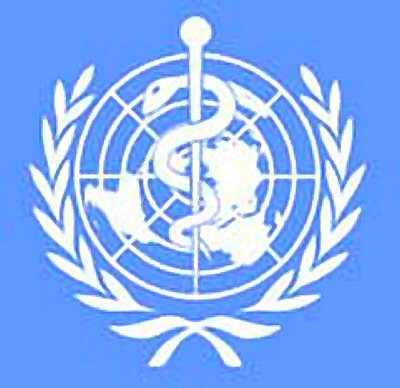The disease and how it affects people
Leptospirosis is a bacterial disease that affects both humans and animals. The early stages of the disease may include high fever, severe headache, muscle pain, chills, redness in the eyes, abdominal pain, jaundice, haemorrhages in skin and mucous membranes (including pulmonary bleeding), vomiting, diarrhoea and a rash.

The cause
Pathogenic Leptospira spp. cause leptospirosis. Human infection occurs through direct contact with the urine of infected animals or by contact with a urine-contaminated environment, such as surface water, soil and plants. The causative organisms have been found in a variety of both wild and domestic animals, including rodents, insectivores, dogs, cattle, pigs and horses. Leptospires can gain entry through cuts and abrasions in the skin and through mucous membranes of the eyes, nose and mouth. Human-to-human transmission occurs only rarely.
Distribution
Leptospirosis occurs worldwide, in both rural and urban areas and in temperate and tropical climates. It is an occupational hazard for people who work outdoors or with animals, such as rice and sugar-cane field workers, farmers, sewer workers, veterinarians, dairy workers and military personnel. It is also a recreational hazard to those who swim or wade in contaminated waters. In endemic areas the number of leptospirosis cases may peak during the rainy season and even may reach epidemic proportions in case of flooding.
Scope of the Problem
The number of human cases worldwide is not well-documented. It probably ranges from 0.1 to 1 per 100 000 per year in temperate climates to 10 or more per 100 000 per year in the humid tropics. During outbreaks and in high-risk groups, 100 or more per 100 000 may be infected. For several reasons leptospirosis is overlooked and consequently underreported in many areas of the world. In the wake of hurricane Mitch in 1995, an outbreak of leptospirosis with pulmonary haemorrhages was reported in Nicaragua. In 1998, there was an outbreak in the continental United States. 1998 also saw an outbreak in Peru and Ecuador following heavy flooding. A post-cyclone outbreak was reported in Orissa, India in 1999.
Interventions
The disease is often difficult to diagnose clinically; laboratory support is indispensable. Treatment with appropriate antibiotics should be initiated as early as possible. Untreated cases can progress to a more severe and potentially fatal stage. Preventive measures must be based on a knowledge of the groups at particular risk of infection and the relevant local epidemiological factors. For intervention one may:
- aim at control at the level of the infection source (e.g. rodent control, animal vaccination);
- interrupt the transmission route (e.g. wearing protective clothing, refrain from contact with infected animals and from swimming in contaminated water, provide clean drinking-water); or
- prevent infection or disease in the human host (e.g. vaccination, antibiotic prophylaxis, information to doctors, veterinarians, risk groups and the general population).


